- Learning time
- 30 minutes
- First play time
- 60 minutes
KeyForge: Call of the Archons
Designed by: Richard Garfield
In KeyForge you and one opponent battle to be first to forge three keys. Like Magic: The Gathering, there are many thousands of cards in existence. Unlike Magic, each deck is unique, meaning nobody else in the world has a deck like the one your tear open before going into battle.
There is a basic set of KeyForge with introductory decks and bits and pieces to track gameplay, but you can manage without these (decks can be bought individually) by finding the rules online and cooking up your own markers for keys, amber and damage tokens. More on each of these below.
To begin the game, each player shuffles their deck and deals themselves seven cards (starting player) and six cards (opponent). On the first round of the game, you may only play one card, but in every round after that, you can play as many cards as you’re able to: consisting of creatures or artifacts (who stay on the table) or actions (which instantly get discarded). What limits the cards you can play are the three houses in your deck: every card belongs to a house, and at the start of each turn you announce which house you’re activating. You may only play (to the table) or activate (cards already on the table) that house during this turn.
Your aim is to forge three keys: to do so you must collect amber: at the start of your turn if you have six amber, you can cash it in and forge a key. To collect amber, you can ‘reap’ your own creature cards by removing them from play, or activate certain cards that gather amber in other ways. Alternatively you can use your cards to stop your opponent doing likewise! What arises out of the fairly simple basic rules (there’s a lot of complexity around them, but each case is usually resolved by the text on the cards) is a tug of war as both sides push their own agenda whilst doing their best to hamper their opponent. The first person to forge the third key is the winner.
It’s possible that one deck might be randomly stronger than another, but KeyForge counters this with something called Chains that make a player with stronger cards pick up less cards at the end of their turn. When your deck runs out, your discarded cards are shuffled and form the draw deck again, meaning that familiarity with your cards can help you work out what’s coming up – and plan accordingly.
The guru's verdict
-
Take That!
Take That!
It's all Take That! You can't answer the phone to the Archons without being up for a bit of a pasting.
-
Fidget Factor!
Fidget Factor!
Low: once you're up to speed, decisions are not overwhelmingly agonizing. Usually.
-
Brain Burn!
Brain Burn!
Often which faction to call on is determined by the luck of the draw - a hand full of the same faction makes the decision for you. But at other times you need to be cunning, spot your opponent's plans and stick the knife in, metaphorically speaking.
-
Again Again!
Again Again!
The random factor of how the cards come gives the game a surprising amount of replayability.

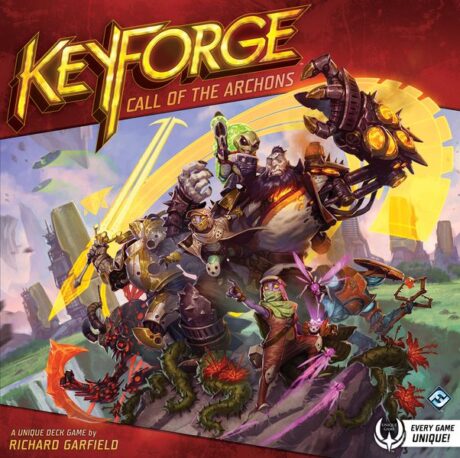
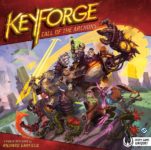
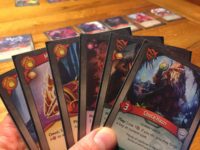
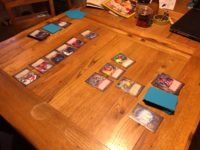

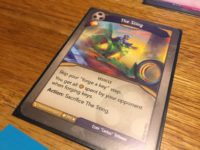
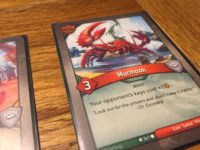


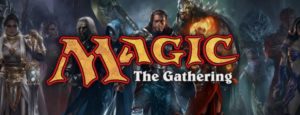
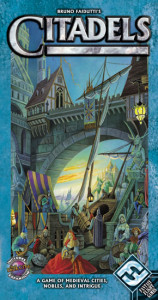
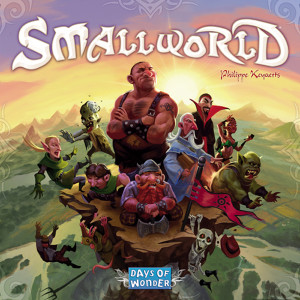
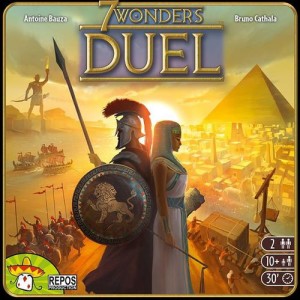
Sam says
Although I'm really not the target market for this game I enjoyed it (as a gamer) far more than Magic: The Gathering and (as a parent) appreciate the fact each deck is the complete toolkit: players aren't encouraged to keep on buying more stuff. I'm not hugely into the fantasy theme, and my personal aversion to text on cards defining the shifting parameters in play (- I feel like I'm playing a rulebook rather than a game) mean I'm probably not going to suggest KeyForge to anyone other than my kids - but they like it, and I can see why: a very neat design with a lot of depth - all packed into one tiny box of cards.